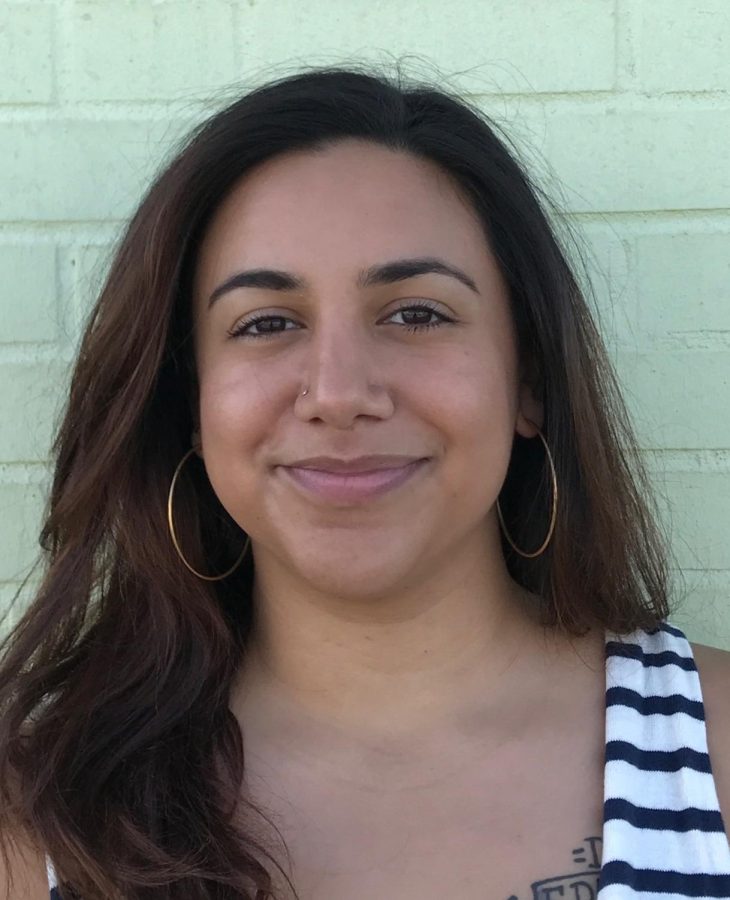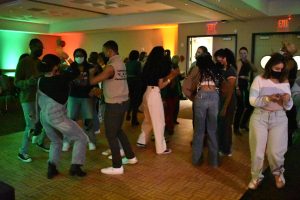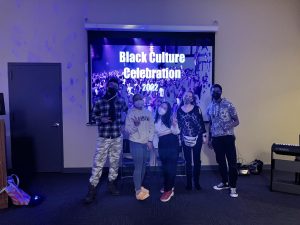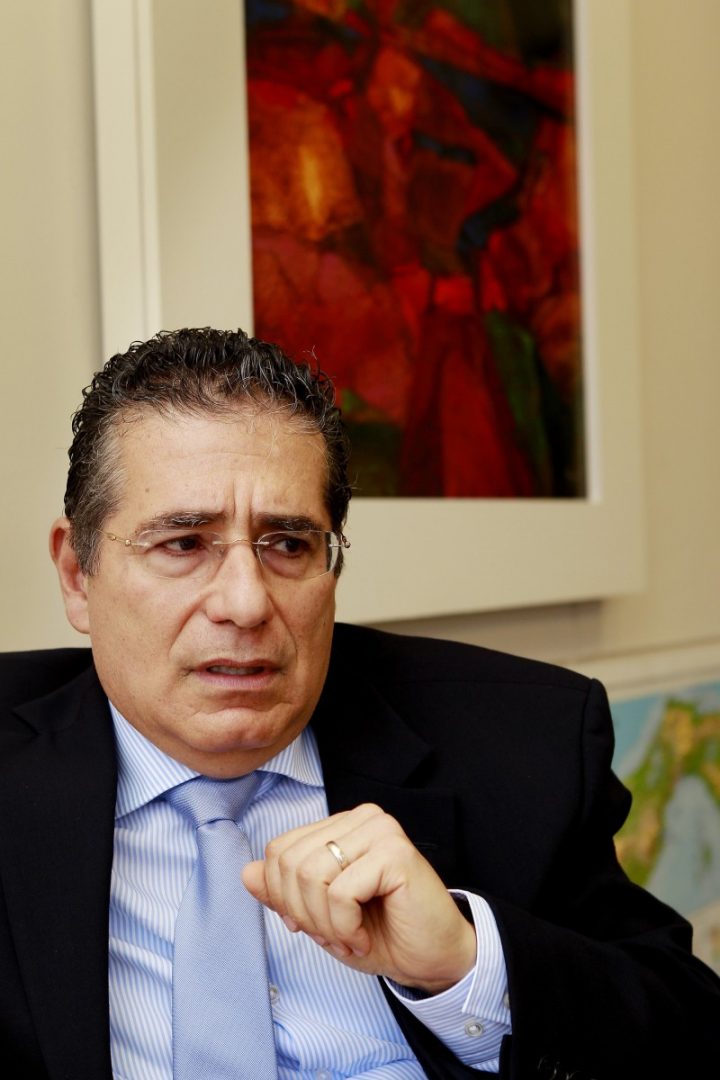Fordham History Department and Freedom & Slavery Working Group Host Book Talk On Black Women’s Labor in Panama
Joan Flores-Villalobos spoke on the release of her book and detailed the erasure and racism Black women faced during the Panama Canal’s construction
COURTESY OF YUKO MIKI
Flores-Villalobos delves into the role Black West Indian women played during the construction of the Panama Canal from 1904 to 1914 when talking about her book.
March 1, 2023
Toward the conclusion of Black History Month, on Feb. 27, Fordham University and the Freedom & Slavery Working Group hosted Joan Flores-Villalobos, an assistant professor of history at the University of South Carolina with a focus on diaspora, race and gender in Panama and the Caribbean, for an event titled “An Afro-Latinx History Book Talk.” Flores-Villalobos was invited to speak about her newly released book, “The Silver Women: How Black Women’s Labor Made the Panama Canal,” in which she explores the racial and gendered dynamics of workers of the Panama Canal from 1904 to 1914.
The book talk was co-organized by Flores-Villalobos and Yuko Miki, associate professor of history and associate director of Latin American and Latinx studies at Fordham University and cofounder of the Freedom & Slavery Working Group. Miki mentioned that the talk was well-timed and specified that the topics discussed were pertinent to when it was held as they addressed the intersection of race and gender.
“This is Black History Month, but also we are transitioning to Women’s History Month, so I’m really excited because this book is at that perfect intersection of these different fields,” she said.
“The museum more than suggests that West Indian women were crucial during the period of the Panama Canal Construction. They sustained the West Indian communities and Panama.” Joan Flores-Villalobos, an assistant professor of history at the University of South Carolina
The talk began with Flores-Villalobos discussing the West Indian Museum of Panama, the location where the research for the book began. She added that the museum is staffed and run entirely by volunteers who are of West Indian Panamanian descent and also descendents of canal workers.
According to Flores-Villalobos, the museum depicts the rise of the surrounding neighborhood El Marañón in Panama City during the construction of the Panama Canal from 1904 to 1914. The Panama Canal was built to enable commercial shipping and naval vessels to move between the Atlantic and Pacific Oceans without having to make the long and dangerous journey around the southern tip of South America, and it was relied on for global trade and by the U.S. Navy.
Flores-Villalobos noted that the museum made sure to commemorate West Indian women for their aid in the construction of the canal.
“The museum more than suggests that West Indian women were crucial during the period of the Panama Canal Construction,” she said. “They sustained the West Indian communities and Panama.”
Flores-Villalobos credited her book on the foundation that the museum was created to honor: “Black West Indian women’s essential labor that directly undergirded the construction of the Panama Canal.” She emphasized that her thesis stands in stark contrast to the academic narratives regarding the U.S. and Panama — instead, it argues that the creation of the Panama Canal is a direct result of Black West Indian women supporting segregated Black workers and working for the white workers to alleviate their struggle with adapting to life in Panama.
“West Indian women’s labor made the United States imperial product possible,” she said. “West Indian women built a provisioning economy that fed, housed and cared for the segregated Black labor force and performed paid domestic labor for white Americans who often did not know how to deal with the challenges of living in Panama.”
Cara Connelly, Fordham College at Lincoln Center (FCLC) ’24 and an attendee at the event, said that Flores-Villalobos shed light on a piece of history that has been suppressed since the start of the 20th century. She also credited Flores-Villalobos with teaching her further about a topic with which she was largely unfamiliar prior to the event.
“During my high school education, I learned about the history of the Panama Canal; however, I’ve never been told anything about the part that Black West Indian women played in the construction of the canal.” Cara Connelly, FCLC ’24
“During my high school education, I learned about the history of the Panama Canal; however, I’ve never been told anything about the part that Black West Indian women played in the construction of the canal,” she said. “It’s shocking that this history has been suppressed for so long and continues to be ignored.”
The discussion then pivoted to the oppression of the Black West Indian women by the United States government, whose members were also the canal’s authorities. The United States was the sole authority over the canal at the time of its construction and remained in control until Dec. 31, 1999, when the land was given back to the Panamanian government.
Flores-Villalobos described the double-edged relationship that the women developed because although they were essential to the project, they were treated awfully by the canal’s community at large. She pointed to the authorities’ hostile reception of West Indian women as the primary example of the community’s relationship to the Black West Indian women and added that policies were often put in place to restrict immigration from the Caribbean as a whole.
“Canal authorities actively discouraged Black women’s migration by severely limiting official married houses for Black workers and official job opportunities for Black women,” she said. “On arrival, these women often faced very violent welcomes from canal authorities.”
“I know that Fordham had a similar event for Black History Month last year. It’s nice to know I go to a school that puts on events for the stories of underrepresented groups.” Ashley Kato, FCLC ’24
Later on, Flores-Villalobos further detailed the direct racism that Black West Indian women faced from the white workers and their families. At one point, she cited a specific letter from a white woman that was delivered to canal authorities in which the woman called the Black women “disgraceful” for being around unaccompanied white men and added that the two needed to be separated.
“While the white men are ogling at Black women at work, the letter writer sees the women as the guilty party, lacking responsibility,” she said.
Ashley Kato, FCLC ’24 and another attendee at the event, said she appreciated that Fordham allowed her the opportunity to hear people speak about underrepresented stories that she wouldn’t have had the opportunity to learn about otherwise.
“I know that Fordham had a similar event for Black History Month last year,” she noted. “It’s nice to know I go to a school that puts on events for the stories of underrepresented groups.”
“The importance of community histories and distinct archival approaches informed by Black feminist scholarship (is) for understanding the diasporic, multi-scalar worlds that Black West Indian women built.” Joan Flores-Villalobos, an assistant professor of history at the University of South Carolina
To conclude the talk, Flores-Villalobos noted the significance of learning about the history of Black West Indian women in the Panama Canal.
“The importance of community histories and distinct archival approaches informed by Black feminist scholarship (is) for understanding the diasporic, multi-scalar worlds that Black West Indian women built,” she said.
The event was held in the Hill Faculty Conference Room of the Fordham Law School and was supported by the Teaching Race Across the Curriculum grant from the Office of the Chief Diversity Officer.
















